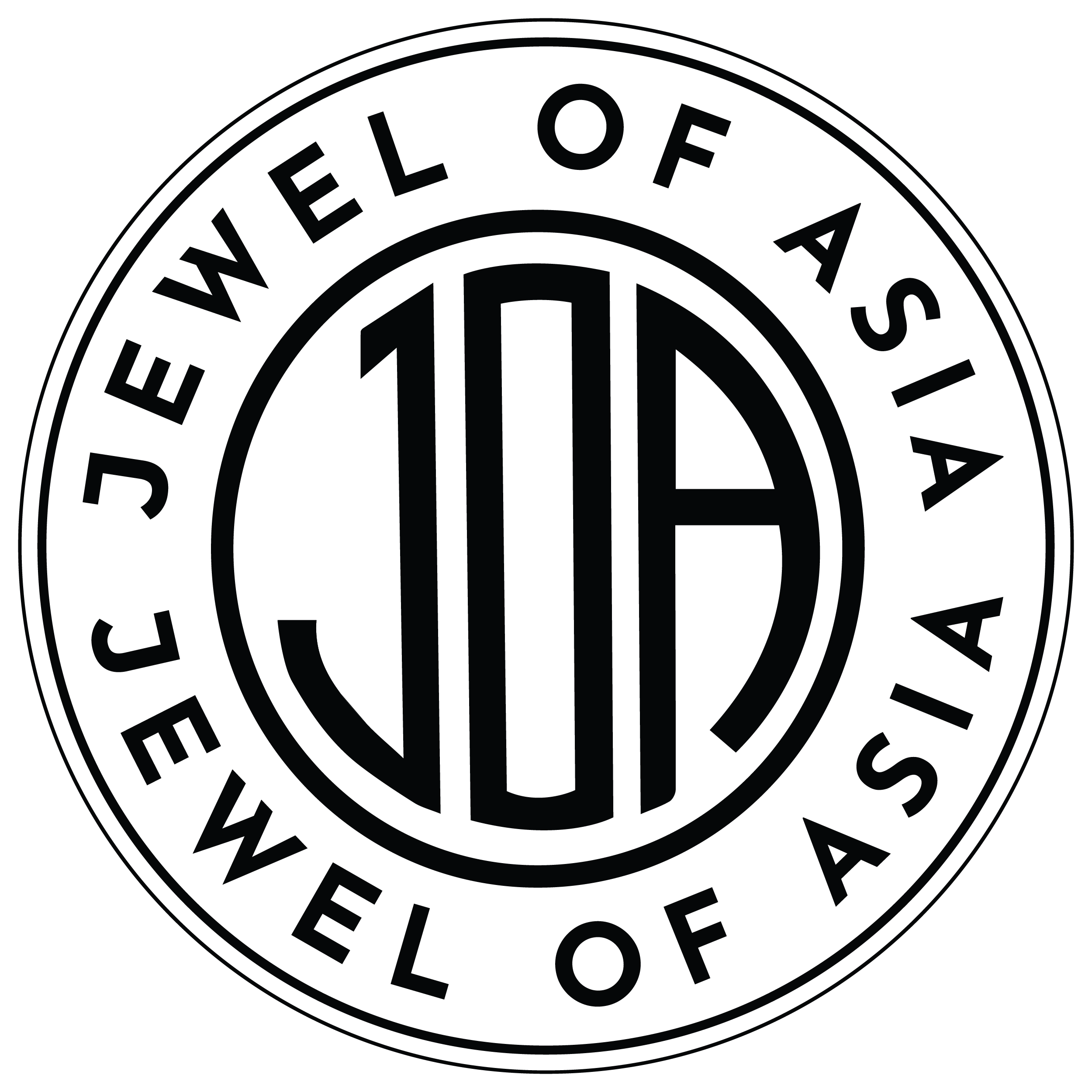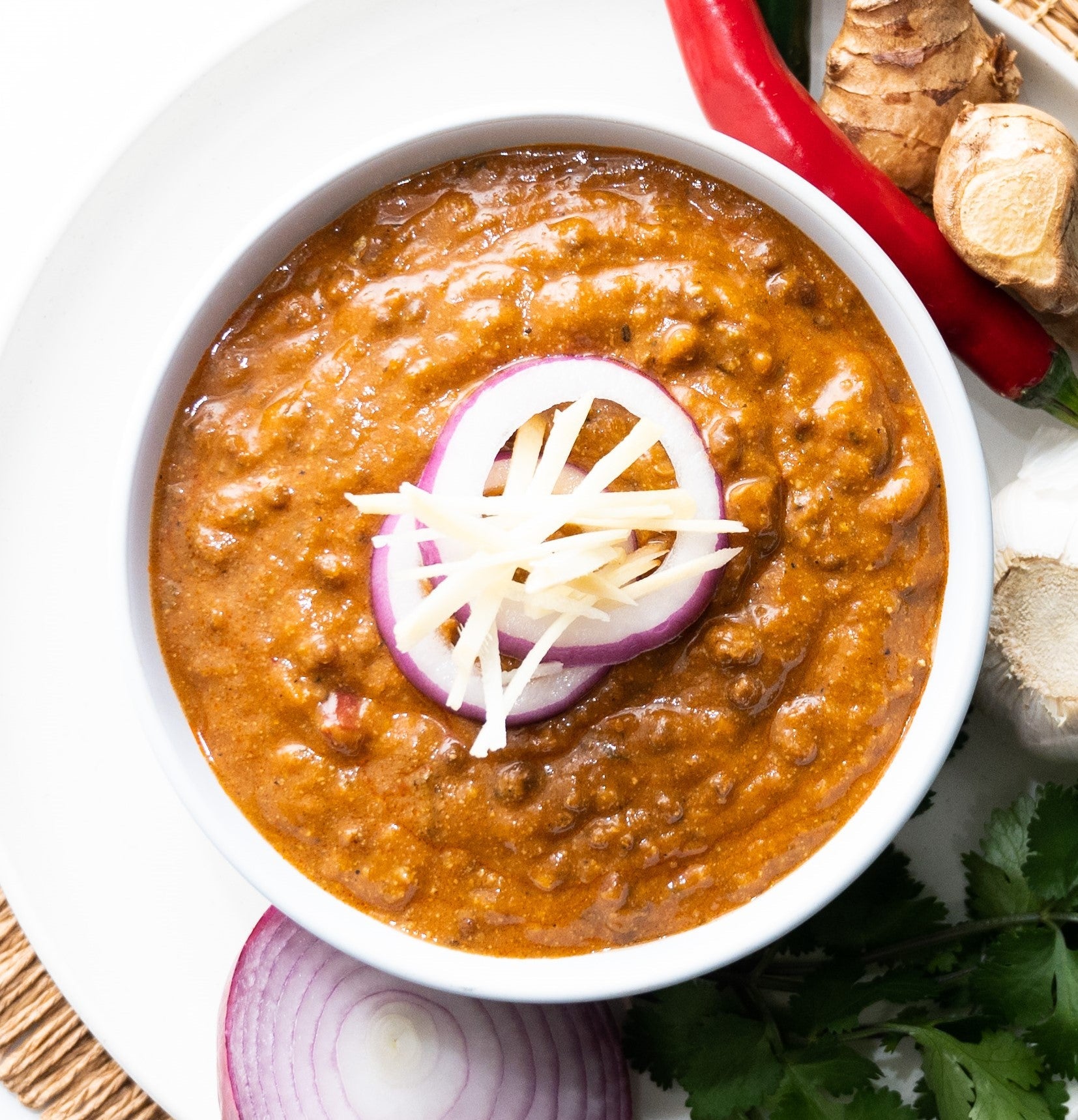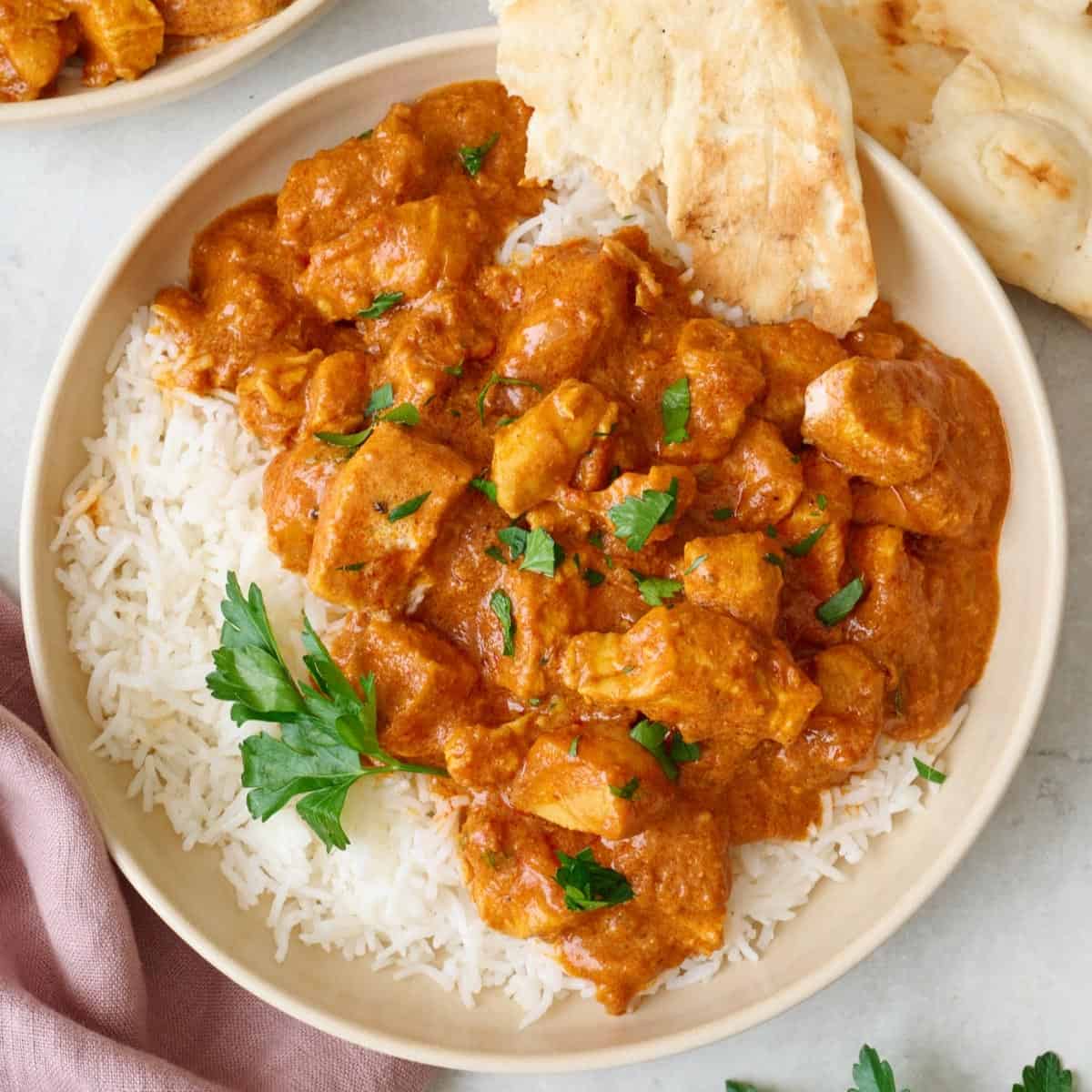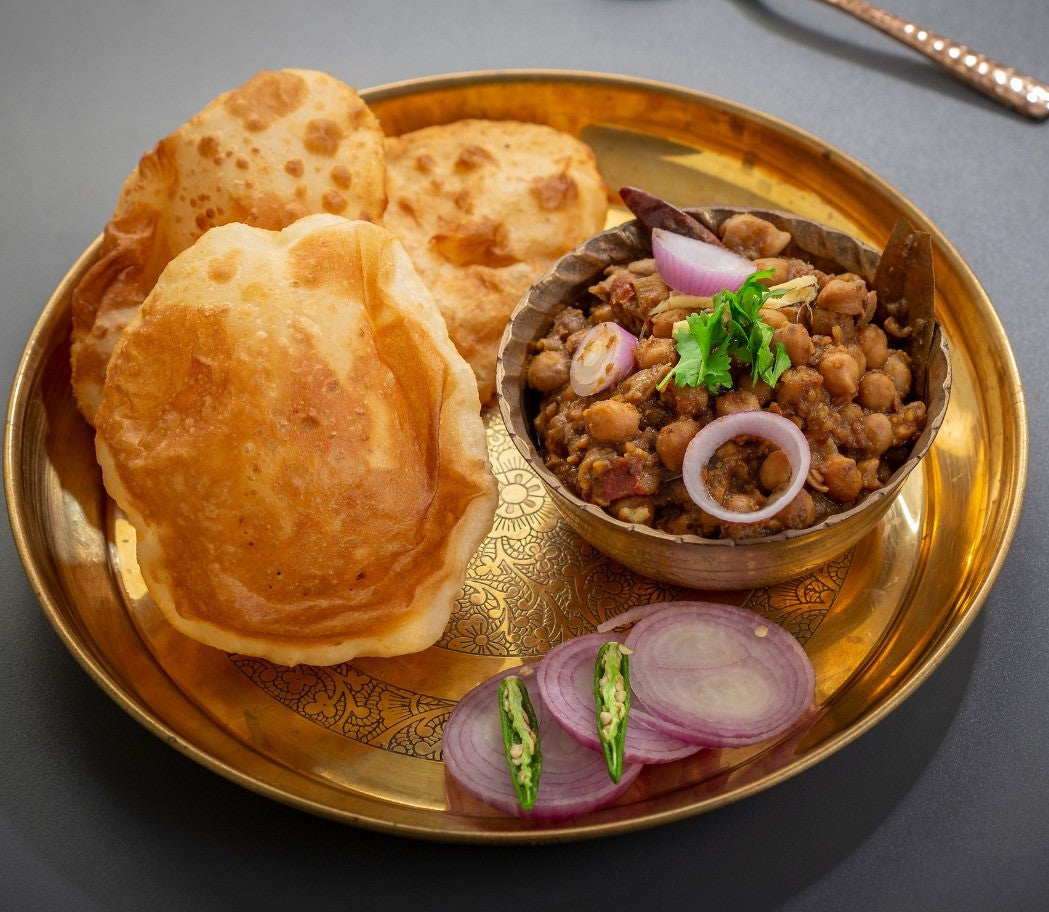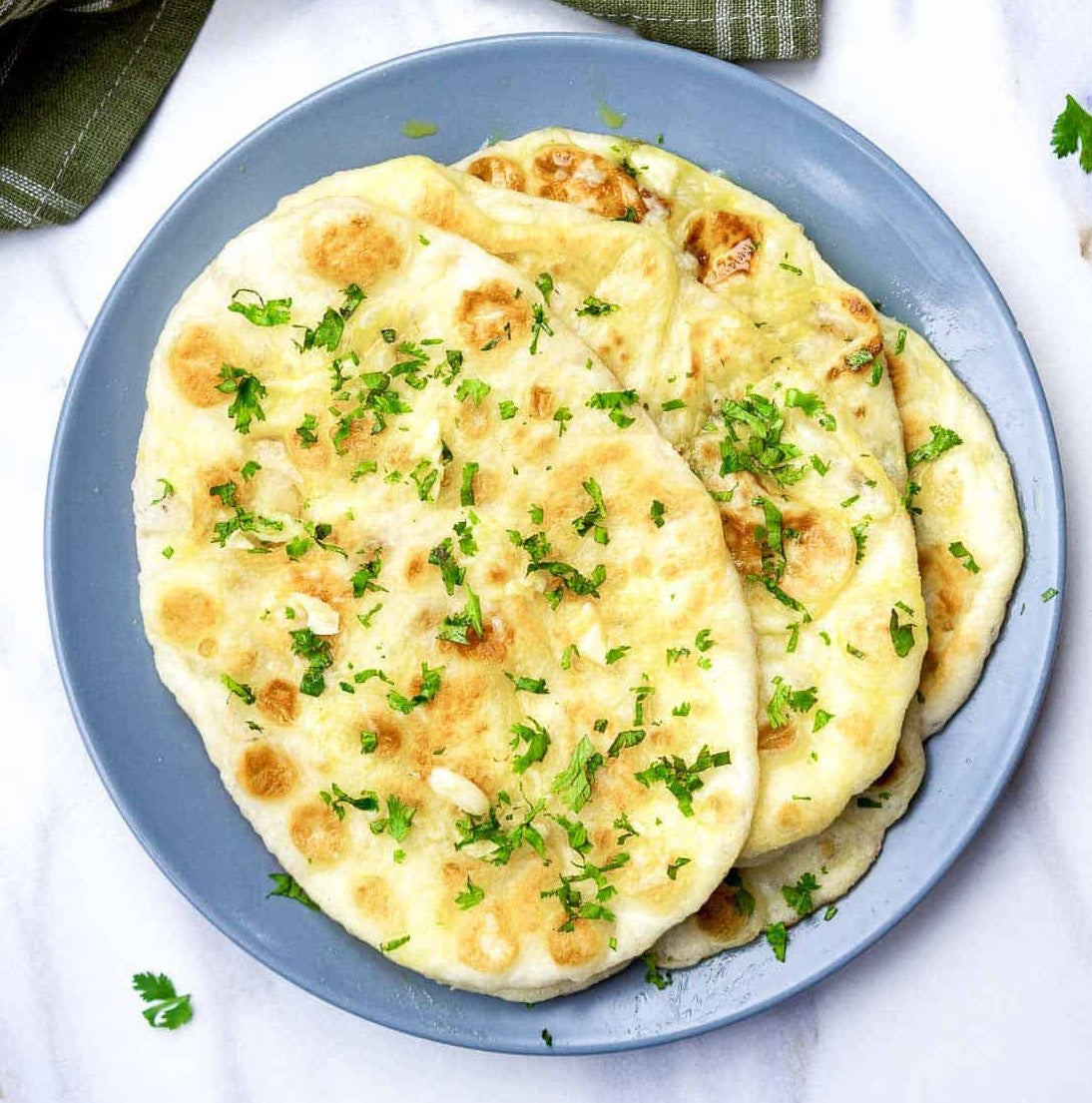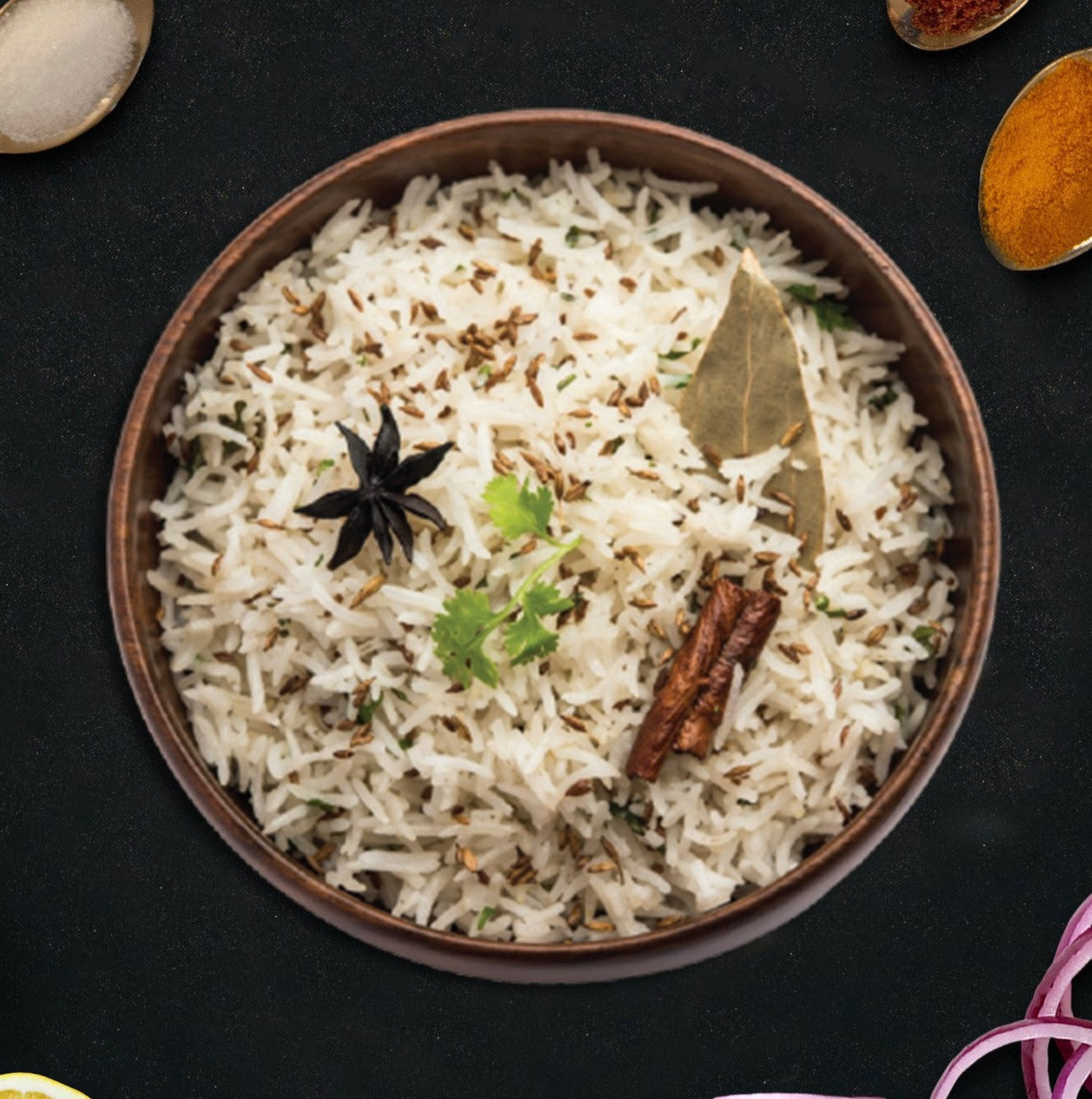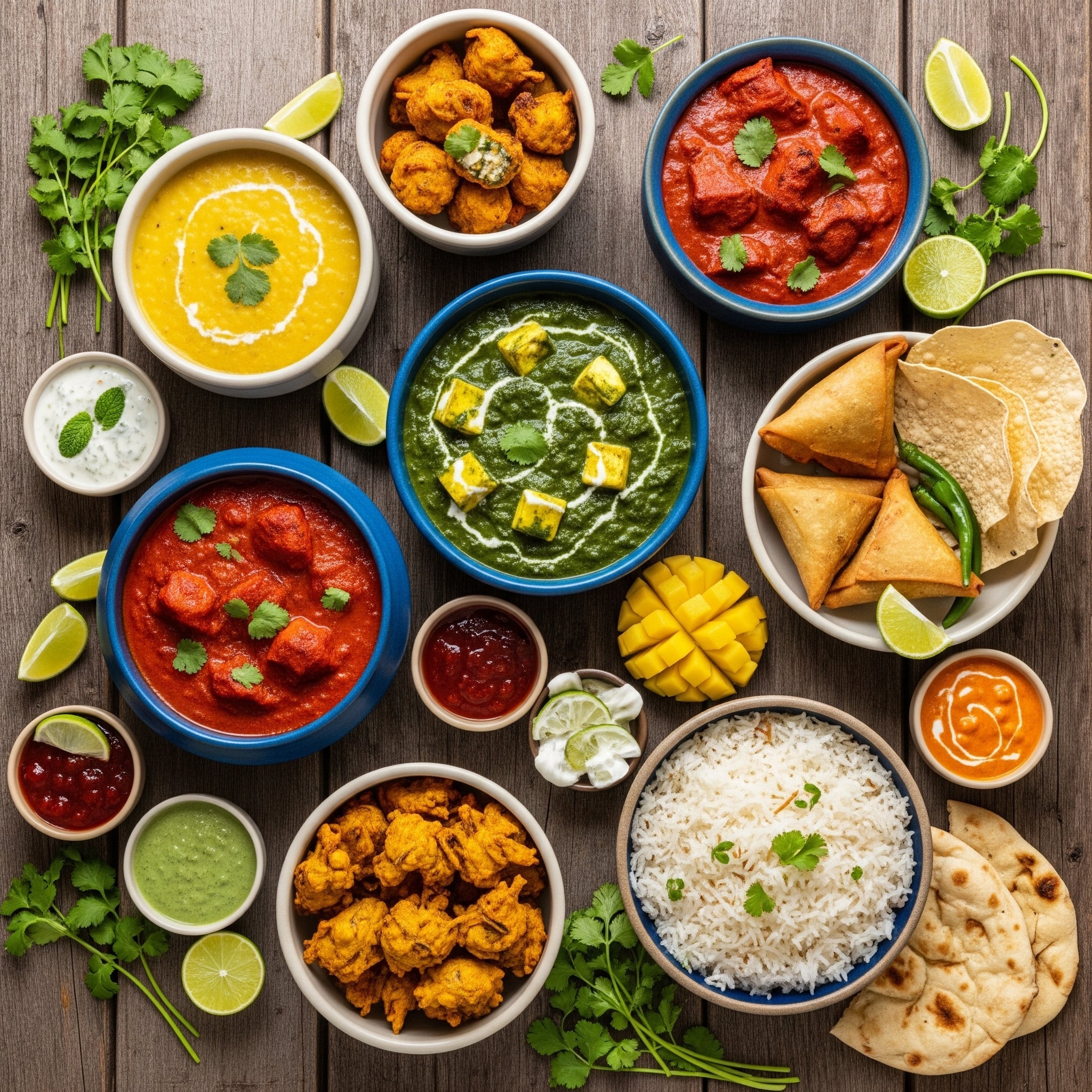
Find an International Grocery Store Near Me
Hunting for an "international grocery store near me" is your first step towards a brilliant new cooking adventure. This guide will show you exactly how to find those authentic ingredients you're after, whether they’re tucked away in a tiny family-run shop or displayed in a massive specialty supermarket just around the corner.
Your Guide to Finding Global Flavours Locally

Tracking down global ingredients is easier and more rewarding than ever, especially with Australia’s incredible and ever-growing food scene. This is about more than just a shopping trip; it's a chance to connect with other cultures, nail those old family recipes, and bring some seriously exciting new flavours into your kitchen.
This guide goes beyond a basic Google search. We’ll get into real, practical strategies for finding those hidden gems—the places that stock authentic products you just can't get at the big chain supermarkets. You'll learn how to sharpen your search, figure out if a store is any good, and even tap into local know-how.
The Australian grocery scene has changed a lot. International chains have popped up everywhere, and the market for supermarkets and grocery stores in Australia is projected to hit $144.3 billion by 2025. This massive growth shows just how much we’re all craving more diverse food options. You can explore more about the Australian grocery market to see the trends for yourself.
Think of this as your playbook for exploring the local food scene. We want you to feel confident finding the best international grocery store nearby so you can turn all those cooking ideas into a delicious reality.
Mastering Your Online Search for Local Grocers
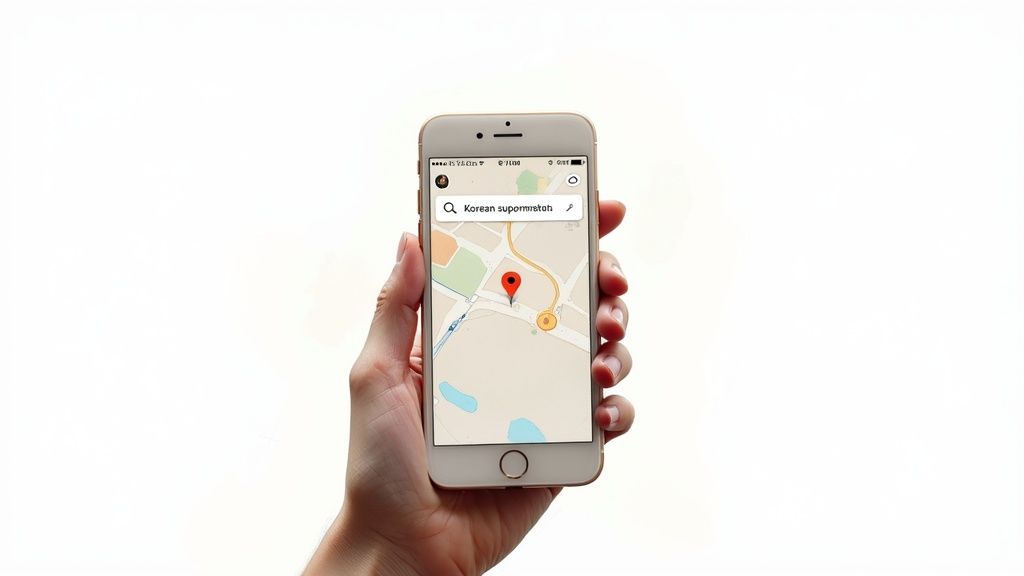
The secret to finding a great international grocer nearby isn't just knowing what to search for, but how to search for it. A generic query will likely just point you to the big supermarket chains. To find the hidden gems—those authentic, local shops stocking the best ingredients—you need to sharpen your search technique.
Think like a seasoned food explorer. Instead of a vague search, get specific. A query like "Korean supermarket Chatswood" or "Italian deli Carlton" instantly zeroes in on your target cuisine and suburb, cutting through the noise and delivering much more relevant results.
Going Beyond the Basics
This is where the real magic happens. By getting even more granular with your search, you can uncover stores you never knew existed.
If you're hunting for a particular product, search for it directly. A query like "where to buy Kewpie mayo Sydney" can lead you straight to a Japanese grocer you might have otherwise missed. This trick works wonders for those hallmark ingredients that define a cuisine.
Another pro tip is to try searching in the native language. For example, looking up "mercado" might reveal Latin American food stores that a simple search for "market" wouldn't catch. It’s a clever way to find shops that are truly connected to their community.
If you’re specifically looking for Indian groceries, our detailed guide on finding an Indian market near you has even more specialised advice.
To help you get started, here’s a quick breakdown of search methods that will help you find exactly what you're looking for, from broad searches to highly specific queries.
Effective Online Search Queries and Tools
| Search Method | Example Query | Best For Finding | Pro Tip |
|---|---|---|---|
| Cuisine + Location | "Mexican grocer Brunswick" | General stores in a specific area. | Use suburb names, not just the city, for better accuracy. |
| Specific Product | "Gochujang paste near me" | Stores stocking a key ingredient. | Excellent for discovering speciality shops you might overlook. |
| Native Language | "Konditorei Melbourne" | Authentic, community-focused businesses. | A great way to find German bakeries or other European delis. |
| Map Category Search | Tapping "Grocery" on a map app | A broad overview of all nearby options. | Use filters to narrow down by rating or "open now". |
Each method has its strengths, so mixing and matching them will give you the most comprehensive results.
Use Map Filters Like a Pro
Once your search points you to a few potential spots on Google Maps or a similar app, don't just head out the door. The real intel is buried in the details.
- Dig into Reviews and Ratings: A high star rating is a good start, but the real gold is in the comments. Look for mentions of specific products, freshness, and authenticity from fellow food lovers.
- Scout with Customer Photos: This is your secret weapon. Photos uploaded by shoppers give you a real-world glimpse of the store’s stock, cleanliness, and layout before you even leave the house.
- Confirm the Opening Hours: Smaller, family-run stores often keep unique hours. Always double-check before making the trip to avoid a locked door and a lot of disappointment.
By combining targeted search queries with a savvy use of map features, you shift from hoping to find a good store to strategically locating the best one for your needs.
How to Evaluate a Store Once You Arrive
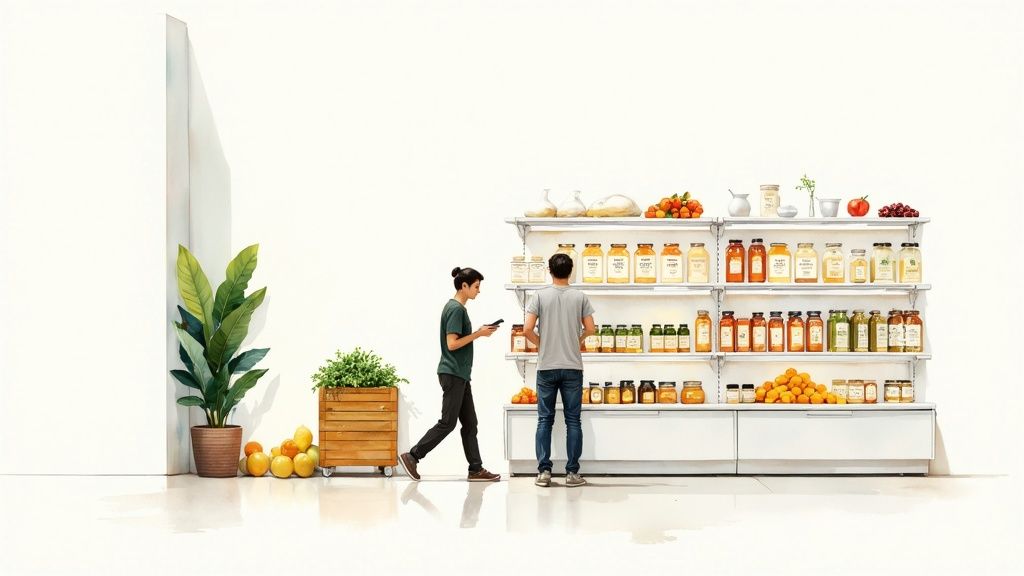
You’ve done your research and found a store that looks promising. Now for the fun part: the in-person visit. The moment you walk through the doors, you can tell a lot about what a place has to offer. A great specialty grocer feels vibrant and welcoming, with the aroma of fresh herbs, spices, and produce hitting you straight away.
Take a quick wander through the aisles. You're looking for more than just a few token imported products. A quality store will have a wide range of goods—not just pantry staples like sauces and spices, but also a solid selection of fresh produce, meats, and a well-stocked frozen section. This shows they’re serious about providing everything you need to cook authentic meals from scratch.
Check for Authenticity and Quality
Authenticity is all about the details. Are the shelves filled with brands you’ve never seen in Coles or Woolies? That’s a brilliant sign. It means they’re importing directly and catering to a community that knows its stuff. Take a look at the other customers, too. If the store is bustling with people from the culture it represents, you've probably found the real deal.
When it comes to quality, trust your senses. Here’s what I always look for:
- 'Best Before' Dates: Grab a few random items from the shelves—spices, dairy, a packet of biscuits. Fresh dates show the stock moves quickly, which is always a good sign.
- Produce Condition: The veggies and herbs should look crisp, fresh, and vibrant. If the coriander is wilted or the produce looks tired, it’s a major red flag.
- Label Language: Genuine imported goods often have labels in their native language, maybe with a small English sticker slapped on for local compliance. This is a great indicator of authenticity.
A well-run store always prioritises freshness. The air should smell of spices and food, not mustiness. If your gut tells you something is off, it probably is.
Decode the Aisles Like an Expert
Don't be shy about exploring. Part of the joy of these stores is discovering new ingredients you’ve never even heard of. If you see something interesting, pull out your phone and do a quick search. Even better, ask the staff for help. A passionate owner or a knowledgeable employee is an incredible resource—they can tell you exactly what you need.
For instance, you might find five different kinds of chilli powder in the spice aisle. Which one is right for your butter chicken? A quick chat with the staff can solve that puzzle in seconds. If you're hunting for specific Indian spices, our guide on finding Indian spices near you has some great tips on what to look for.
By asking questions and paying attention, you'll quickly learn how to spot the best products and turn a simple shopping trip into a culinary adventure.
Tap Into Community Knowledge for Hidden Gems

While a quick Google search is a good start, the most treasured international grocers are often the ones you won't find on the first page of results. These are the true hidden gems, the spots that thrive on word-of-mouth and recommendations from the communities they serve.
Tapping into this local knowledge is hands-down the best way to find those truly authentic places. Social media is an absolute goldmine here, connecting you directly with passionate food lovers who have already done the hard yards.
Join the Conversation Online
Local foodie groups on Facebook are a brilliant place to start. Just search for phrases like "Sydney Foodies" or "[Your Suburb] Eats" and you’ll find plenty of active communities. Once you’re in, don't be shy—ask for recommendations.
A specific, well-crafted post always gets the best results. Instead of a vague "where's an international grocery store near me?", try something more detailed. For example: "Hi everyone! I’m in the Parramatta area and looking for a great Lebanese grocer that sells fresh za'atar. Any ideas?" This kind of detail invites genuinely helpful and direct answers.
By asking for help finding a particular item, you not only get store names but also insider tips on product quality and availability.
Over on platforms like Instagram, location-specific hashtags are your best friend. Searching tags like #melbournefoodie or #brisbaneeats will show you what local food bloggers and enthusiasts are raving about. You can often spot unique grocers tagged in their posts or stories.
Uncover Unbiased Opinions
Reddit is another powerful tool for getting that unfiltered advice. Subreddits for Australian cities (like r/sydney or r/melbourne) are full of threads where people share their favourite local shops. The anonymous nature of the platform means you’re likely to get honest, direct feedback you can trust.
This community-first approach is priceless, especially as our grocery market gets more diverse. With big international players like ALDI now holding around 9% of national take-home grocery sales, personal recommendations are key to discovering and supporting smaller, independent stores. For a deeper dive into this, you can read the full ACCC report on supermarket trends.
Finding Ingredients When a Local Store Isn't an Option
So, what happens when your search for an "international grocery store near me" comes up dry? It’s a common frustration, especially if you’re in a regional area or just can’t find the time for a dedicated shopping trip.
Luckily, when a physical store is out of reach, the internet steps in. A growing number of online international grocers now deliver right across Australia, bringing everything from hard-to-find spices to your favourite snacks straight to your door.
These online shops often have an incredible range, sometimes even better than the biggest city-based stores. You can hunt down those very specific ingredients you need for a recipe, easily compare prices, and get it all delivered. It’s a total game-changer for anyone craving authentic flavours without a specialty shop around the corner.
From Groceries to Ready-Made Meals
If you’re looking for more than just raw ingredients, specialty meal services are another brilliant solution. They perfectly fill the gap when you want a genuine, home-cooked meal but don't have the time—or the pantry full of specific spices—to pull it off. Think of it as your secret weapon for those hectic weeknights.
A service like Jewel of Asia, for instance, is a fantastic alternative. They deliver chef-prepared, ready-to-eat Indian meals, so you can enjoy authentic Butter Chicken or Palak Paneer without having to source every last ingredient yourself.
I find these services are especially handy when you’re just dipping your toes into a new cuisine. You get to taste the real deal before committing to buying a dozen new jars and packets, which makes the whole adventure feel much more approachable.
It’s the perfect blend of convenience and authenticity, solving a problem many of us face.
Weighing Your Alternatives
When you're trying to choose between an online grocer and a meal service, it really comes down to what you need at that moment.
- For the passionate cook: If you love the process of creating a dish from scratch, online grocers are your best friend. They give you all the building blocks to let your culinary skills shine.
- For the time-poor foodie: If you’re short on time but still want incredible flavour, a ready-to-eat meal delivery is the way to go. You get a high-quality, authentic meal on the table in minutes.
Ultimately, both paths ensure that no matter where you live in Australia, you never have to miss out on the global flavours you love.
Your Questions About International Grocery Shopping Answered
Walking into a new international grocery store for the first time is always an adventure—part excitement, part "where on earth do I start?". You've probably got questions about what to expect, from pricing to products, and how to spot a genuinely good find. I've pulled together the most common queries to help you get your bearings and shop like a seasoned pro.
Think of those first few visits as a tasty learning curve. Before you know it, you'll be navigating the aisles with confidence, uncovering authentic ingredients and fantastic bargains.
How Can I Tell If a Store Is Authentic?
The first thing I look for are the labels. You want to see products with their original-language packaging, often with a small English sticker slapped on to meet import rules. If you’re surrounded by brands you don’t recognise from the big supermarkets, you're definitely on the right track.
Another great clue? The customers. If the store is bustling with people from the community it serves, that's a brilliant sign. It means you’ve found a trusted spot for a real taste of home. And if you're ever stuck on what to buy, don't be shy—the staff are usually your best resource for recommendations.
A busy store filled with native speakers is more than just a good sign; it shows you've found a place that people genuinely trust for authentic ingredients. That's the gold standard.
Are International Grocery Stores More Expensive?
Not always! It's a common misconception. While some specialty imported items might cost a bit more, you’ll often discover that pantry staples are way cheaper. Think bulk spices, huge bags of rice, and unique sauces—they frequently beat the prices you’d find in the international aisle at Coles or Woolies.
You'll also find that produce essential to a specific cuisine is often fresher, higher quality, and much more affordable. My advice? Do a quick price check on a few things you buy regularly. You’ll quickly see where the real savings are.
What Should I Do If I Can't Find an Ingredient?
Before you give up, go and ask the staff. It's amazing how often they'll know an ingredient by a different name, have it tucked away in an unexpected place, or be able to suggest a perfect substitute you hadn't even thought of.
Many of the smaller, family-run shops are also happy to put in a special order for a regular customer. If that's not an option, your next best bet is to check out online specialty grocers. Their digital shelves are often packed with a wider range than any physical store can manage. For more answers to common queries, you can explore our Frequently Asked Questions page.
Too busy to shop? Jewel of Asia delivers chef-prepared, authentic Indian meals right to your door, making it easier than ever to enjoy incredible flavours without the fuss. Explore our menu at https://www.jewelofasia.com.au.
Share
